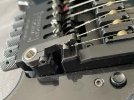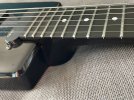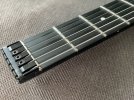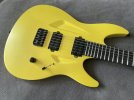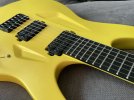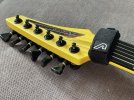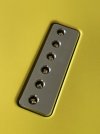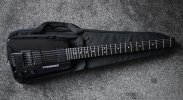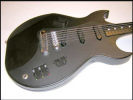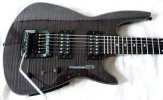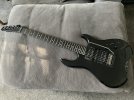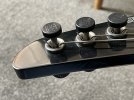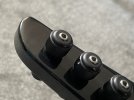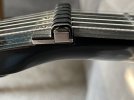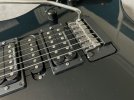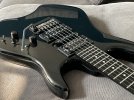Andy Eagle
Fractal Fanatic
The two I want to look at first are the Steinberger GL and the Aristides 060 neither is the companies first offering and my examples are in to the life of both but represent the peak of there potential.
First up Steinberger GL4T;
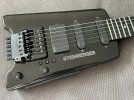
This example is a close to mint 89 that has been refreted in 57110 SS Jescar (by me) and has had the neck relief almost removed entirely (also by me) .
The reasons for this are it has no truss rod and the neck does not flex in any way under tension of strings and the amount that was cut in to the neck originally was too much IMO . This and cutting the radius to 20" was also the mods that Allan Holdsworth had done to his GLs
First up Steinberger GL4T;

This example is a close to mint 89 that has been refreted in 57110 SS Jescar (by me) and has had the neck relief almost removed entirely (also by me) .
The reasons for this are it has no truss rod and the neck does not flex in any way under tension of strings and the amount that was cut in to the neck originally was too much IMO . This and cutting the radius to 20" was also the mods that Allan Holdsworth had done to his GLs


